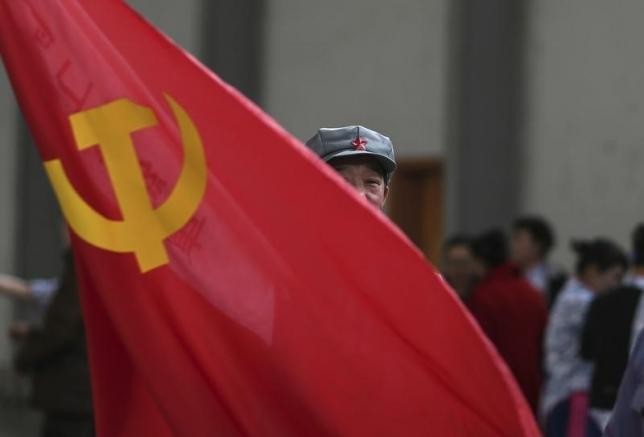The Communist Party of China is planning to draft new rules to test the political loyalty of their cadres and penalize those who fail to meet their standards, the Party’s top anti-graft chief said, according to a report by the South China Morning Post.
A statement released by the Central Commission for Discipline Inspection (CCDI) on its website quoted Wang Qishan, head of the CCDI, as saying that the regulations would serve as an "institutionalized cage" to implement Party rules.
Wang added that they decided to draft the rules to unite members who were urged by the Party to wear pins as part of the unity drive.
Wang's pronouncements came three weeks after Ling Jihua, a top aide to former president Hu Jintao, was charged with corruption, illegally obtaining state secrets, and abuse of power.
"We must hold people accountable to force implementation, and transform rule over the Party from 'lax and soft' to 'tight and rigid,'" Wang said during meetings in Beijing and Liaoning Province to discuss the regulations.
According to Wang, the rules were drafted to ensure that the Party message is transmitted down to the ranks. Corruption was not discussed in the meetings.
Since 2013, when President Xi Jinping called for "putting power in the cage of institutions," institutionalizing the battle against corruption has been part of the Party's agenda. But it was only in January that details of the new rules were made public at the annual meeting of the CCDI.
At that time, the Party has expressed its plan to draft a set of regulations on accountability of its cadres.
The meeting in Liaoning was chaired by Wang. It was in Liaoning that former Party boss Wang Min was detained for alleged corruption this year.
Top discipline inspectors said in a statement last week that some Liaoning cadres have also "unscrupulously formed their own clans."
In 2009, a set of "accountability regulations" was issued by the central government that punishes only dereliction of duty that results in serious consequences such as massive protest or huge loss of assets.



























